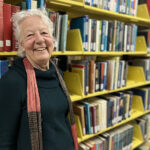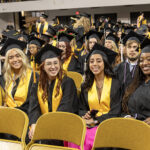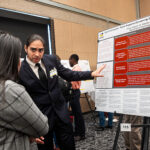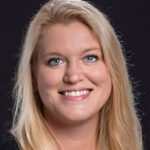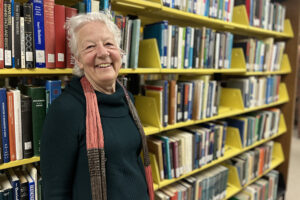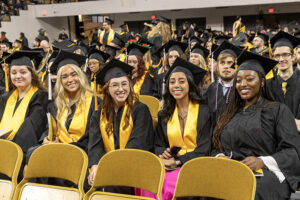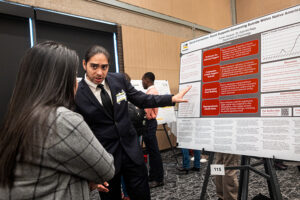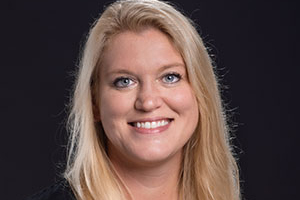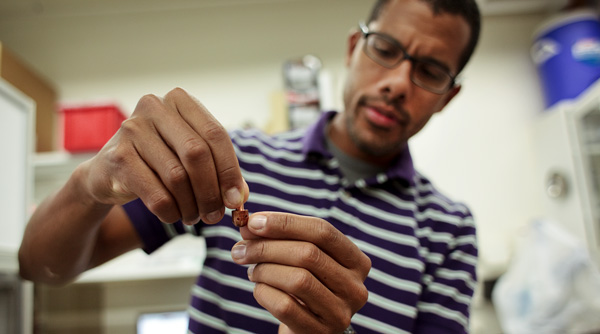
This year Milwaukee high school students will have an opportunity to learn more about how the mathematics, physics or other natural sciences they are learning about in classes are connected to the real world.
A group of eight teachers from Milwaukee schools will be bringing back some good examples of those connections after spending six weeks working in engineering laboratories at the University of Wisconsin-Milwaukee (UWM) as part of the Research Experience for Teachers (RET) program, sponsored by the National Science Foundation.
This is the first year the College of Engineering & Applied Science (CEAS) has taken part in the program, says Ilya Avdeev, assistant professor of mechanical engineering and the project’s principal investigator. “The teachers spend six weeks immersed in the lab, and think about how they can incorporate what they’re learning into their classrooms.”
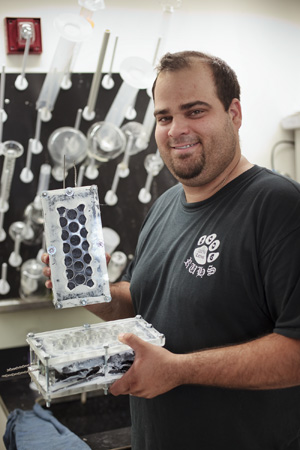
“When you figure eight teachers may touch the lives of six to eight hundred students, you have a great potential impact,” he adds.
The RET program in engineering is one of a number of partnership programs the university has with teachers. The Department of Chemistry and Physics has an RET program, and the Children’s Environmental Health Sciences Core Center (CEHSCC), funded through a Science Education Partnership Award, helps bring environmental science to the classroom.
Engineers needed
This new RET experience has focused on research experience in engineering because there is such a great need for Milwaukee-area students to enter the field, says Greg Callan, project administrator for the engineering RET program.
In the engineering RET – the Milwaukee Regional Energy Education Initiative – teachers spent time working in the labs on specific, cutting-edge research projects in energy-related fields with engineering mentors and researchers. Like the other programs bringing classroom teachers to campus, the engineering RET program collaborates with faculty and staff from the School of Education to help teachers translate what they learn in the labs to future classroom activities.
Professor Craig Berg, the co-principal investigator, and Associate Professor Tracy Posnanski guided the teachers in these efforts. They provided instruction to the teachers about the latest educational standards and worked with teachers to transform their experiences in the labs into lessons in the classroom. Callan is a doctoral student in the Educational Psychology department as well as a research assistant in engineering.
Taking it back to class
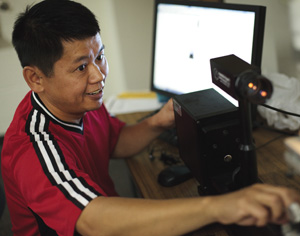
Mark Jeter, who teaches algebra and geometry at Vincent High School, worked in a tribology laboratory, helping gather data on the impact of friction and lubrication on bearings. (Tribology is the study of how surfaces interact through friction, lubrication and wear.)
“I’m interested in engineering and wanted to find ways to bring it into my class,” says Jeter. He’s already thinking ahead to how he can apply some of the knowledge he used in gathering and comparing temperature data to classroom lessons on the importance of being able to convert numbers and use algebraic formulas. “This is really an excellent opportunity. I’m going to bring a lot of things back to school that we can use to get the students excited about mathematics.”
Sombath Bounket of the Cyber Academy, based at South Division High School, is enthusiastic about using what he’s learned at UWM to develop more hands-on experiences for his students in geometry and trigonometry. “I’m a very practical teacher,” he says.
He worked in an engineering laboratory that is doing research on self-cleaning surfaces. As part of that experience, he used an instrument called a goniometer that measures surface contact angles to test how liquids bead up or spread on surfaces. Adapting that knowledge to the classroom, he explains, will provide very concrete examples to his students of why learning about angles is important.
Meghan Sebranek of Audubon High School worked with graduate students studying lithium-ion batteries. The research focus of that project is on designing battery cells that are lightweight, reliable and strong enough for use in powering vehicles. Her experiences in using the Computer Assisted Design Program (CAD) to help the lab team build various prototypes will be turned into class lessons on two- and three-dimensional geometry, she says.
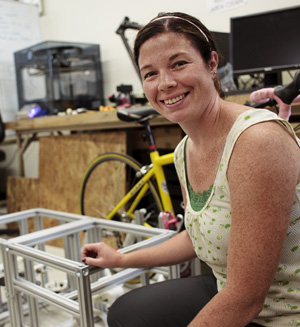
Chris Levas of Riverside University High School worked in the biophotonics laboratory on a project studying microbial fuel cells – helping test ways to use bacteria from wastewater products to generate electricity.
Emily Harrington and John Rentmeester of St. Joan Antida High School worked on energy-efficiency projects. Harrington says she liked having the time to research concepts – something that’s hard to do during the school year. She also is bringing more than knowledge back to her physics unit on thermodynamics. “I bought various combustion engine models with RET money. Students will learn about combustion engines, practice efficiency calculations, study the cooling process and discuss how to make combustion engines more efficient.”
